What Is Numerical Aperture Of Microscope ?
The numerical aperture of a microscope is a measure of its ability to gather and resolve fine details of a specimen. It is determined by the refractive index of the medium between the objective lens and the specimen, as well as the angle of the cone of light entering the lens. A higher numerical aperture indicates a greater ability to capture light and resolve fine details, resulting in higher resolution and improved image quality. Numerical aperture is an important parameter in microscopy as it directly affects the resolving power and depth of field of the microscope.
1、 Definition and Calculation of Numerical Aperture in Microscopy
The numerical aperture (NA) of a microscope is a fundamental parameter that determines the resolving power and light-gathering ability of the system. It is a measure of the cone of light that can enter the microscope and contribute to the formation of the image. In simple terms, it describes the ability of the microscope to capture and resolve fine details of a specimen.
The numerical aperture is calculated using the formula NA = n * sin(θ), where n is the refractive index of the medium between the specimen and the objective lens, and θ is the half-angle of the maximum cone of light that can enter the objective lens. The higher the numerical aperture, the greater the resolving power and the ability to capture fine details.
In recent years, there have been advancements in microscopy techniques that have pushed the limits of numerical aperture. For example, the development of super-resolution microscopy techniques, such as stimulated emission depletion (STED) microscopy and structured illumination microscopy (SIM), has allowed researchers to overcome the diffraction limit and achieve resolutions beyond the traditional limits of light microscopy.
Furthermore, the use of high numerical aperture objectives in combination with advanced imaging techniques, such as confocal microscopy and multiphoton microscopy, has enabled researchers to study biological processes at the subcellular level with unprecedented detail and clarity.
In conclusion, the numerical aperture of a microscope is a crucial parameter that determines the resolving power and light-gathering ability of the system. Advancements in microscopy techniques have allowed researchers to push the limits of numerical aperture and achieve higher resolutions, leading to breakthroughs in our understanding of biological processes at the microscopic level.
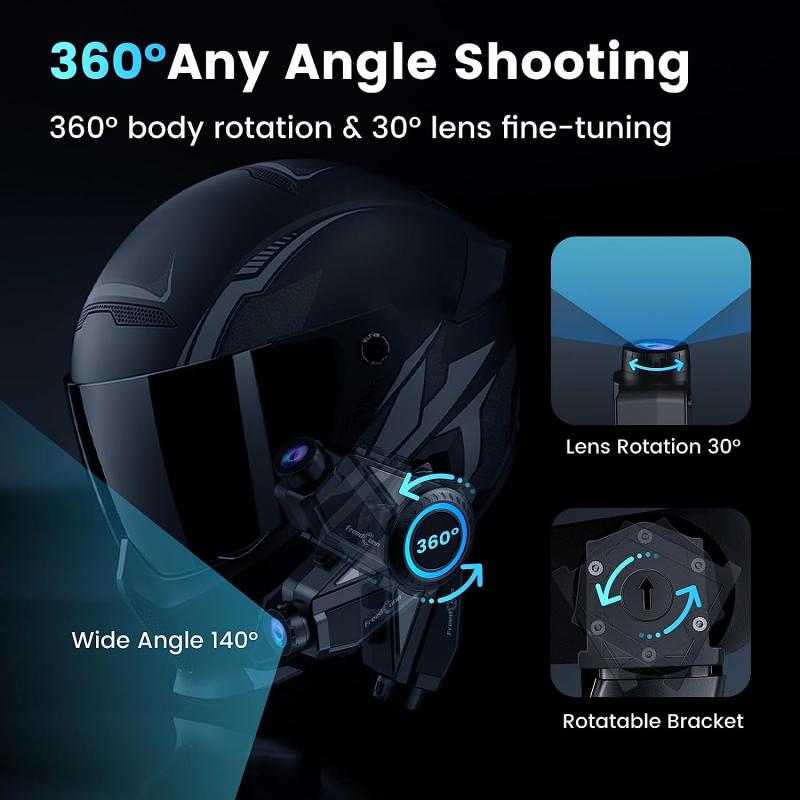
2、 Importance of Numerical Aperture in Microscope Performance
The numerical aperture (NA) of a microscope is a measure of its ability to gather and resolve fine details of a specimen. It is defined as the product of the refractive index of the medium between the specimen and the objective lens and the sine of the half-angle of the maximum cone of light that can enter the lens. In simpler terms, it determines the maximum angle at which light can enter the lens and still be focused to a point.
The numerical aperture is a crucial parameter in microscope performance for several reasons. Firstly, it determines the resolving power of the microscope, which is the ability to distinguish two closely spaced objects as separate entities. The higher the numerical aperture, the better the resolving power. This is because a larger numerical aperture allows for a greater range of angles of light to be collected, resulting in a smaller minimum resolvable distance.
Secondly, the numerical aperture affects the amount of light that can be collected by the objective lens. A higher numerical aperture allows for more light to enter the lens, resulting in a brighter and more detailed image. This is particularly important when imaging specimens with low contrast or when using low-light techniques such as fluorescence microscopy.
Lastly, the numerical aperture also influences the depth of field of the microscope. The depth of field is the range of distances over which the specimen appears in focus. A higher numerical aperture results in a shallower depth of field, meaning that only a thin slice of the specimen will be in focus at a time. This can be advantageous when imaging thick specimens, as it allows for better visualization of fine details within the specimen.
In recent years, there have been advancements in microscope technology that have pushed the limits of numerical aperture even further. Techniques such as super-resolution microscopy have allowed for the visualization of structures that were previously beyond the diffraction limit. These techniques rely on high numerical aperture objectives and sophisticated image processing algorithms to achieve unprecedented levels of resolution.
In conclusion, the numerical aperture of a microscope is of utmost importance in determining its resolving power, light-gathering ability, and depth of field. It plays a critical role in the performance of the microscope and has been a focus of ongoing research and technological advancements in recent years.

3、 Factors Affecting Numerical Aperture in Microscopy
The numerical aperture (NA) of a microscope is a measure of its ability to gather and resolve fine details of a specimen. It is a crucial parameter that determines the resolving power and depth of field of the microscope. The NA is defined as the product of the refractive index of the medium between the specimen and the objective lens and the sine of the half-angle of the maximum cone of light that can enter the objective lens.
Several factors affect the numerical aperture in microscopy. Firstly, the refractive index of the medium plays a significant role. By using immersion oils with higher refractive indices, the NA can be increased, resulting in improved resolution. Additionally, the design and quality of the objective lens are crucial. Objectives with larger numerical apertures have shorter working distances and higher resolution capabilities.
Another factor that affects the NA is the wavelength of light used. As the wavelength decreases, the NA increases, leading to improved resolution. This is why microscopy techniques that utilize shorter wavelength light, such as electron microscopy or super-resolution microscopy, can achieve higher numerical apertures and better resolution.
Advancements in technology have also contributed to improving the numerical aperture of microscopes. For example, the development of high-quality optics, such as apochromatic lenses, has allowed for higher NA objectives. Additionally, the use of specialized techniques like confocal microscopy and total internal reflection fluorescence microscopy has further enhanced the NA and resolution capabilities of microscopes.
In conclusion, the numerical aperture of a microscope is a critical parameter that determines its resolving power. Factors such as the refractive index of the medium, design of the objective lens, wavelength of light, and technological advancements all play a role in affecting the numerical aperture. As technology continues to advance, we can expect further improvements in the numerical aperture of microscopes, enabling scientists to observe and study finer details of specimens.
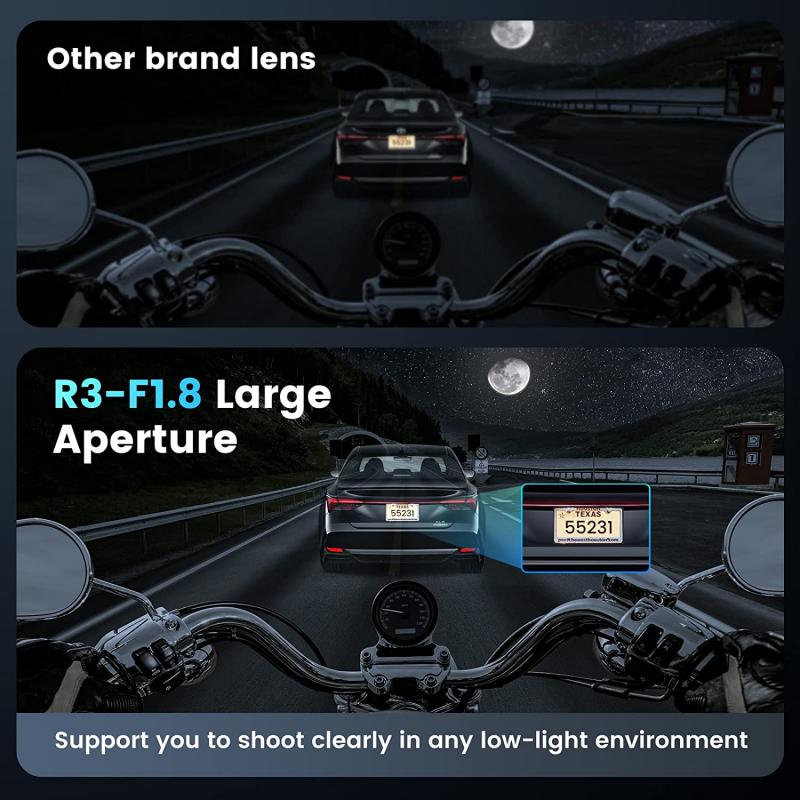
4、 Numerical Aperture and Resolution in Microscopy
The numerical aperture (NA) of a microscope is a fundamental parameter that determines its ability to resolve fine details in a specimen. It is a measure of the light-gathering ability of the microscope's objective lens and is defined as the product of the refractive index of the medium between the lens and the specimen and the sine of the half-angle of the cone of light entering the lens.
A higher numerical aperture allows for a greater collection of light rays, resulting in improved resolution and the ability to distinguish smaller details. This is because a larger NA allows for a smaller diffraction-limited spot size, which is the smallest resolvable feature in the image. In other words, a higher NA enables the microscope to capture more information from the specimen, leading to a sharper and more detailed image.
Advancements in microscope technology have led to the development of objectives with increasingly higher numerical apertures. For example, the introduction of oil immersion objectives, which use a high refractive index oil between the lens and the specimen, significantly increased the NA and resolution of microscopes. Additionally, the use of specialized techniques such as confocal microscopy and super-resolution microscopy has further pushed the limits of resolution by manipulating the properties of light and the specimen.
In recent years, there has been a growing interest in developing techniques that surpass the traditional diffraction limit of light, known as super-resolution microscopy. These techniques, such as stimulated emission depletion (STED) microscopy and structured illumination microscopy (SIM), utilize clever strategies to overcome the diffraction barrier and achieve resolutions beyond the limits of conventional microscopy. These advancements have revolutionized the field of microscopy, allowing researchers to visualize and study biological structures at the nanoscale.
In conclusion, the numerical aperture of a microscope is a crucial parameter that determines its resolution and ability to resolve fine details in a specimen. Advancements in microscope technology and the development of super-resolution techniques have pushed the limits of resolution, enabling researchers to explore the intricate world of subcellular structures and processes.


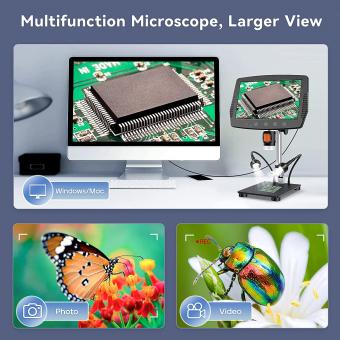









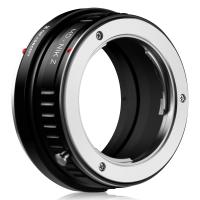
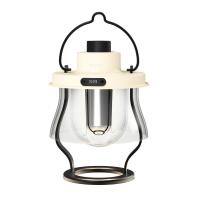

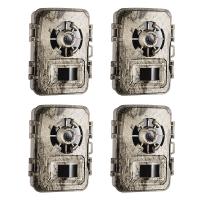
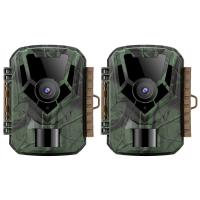

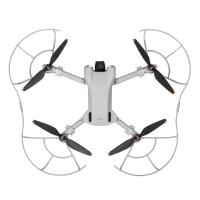



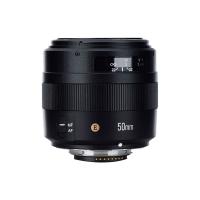


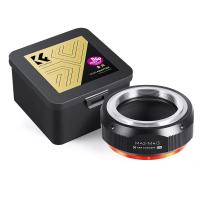
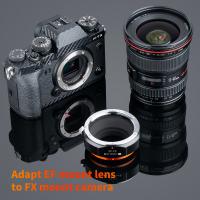



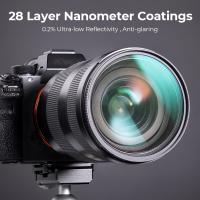
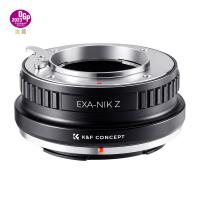
There are no comments for this blog.